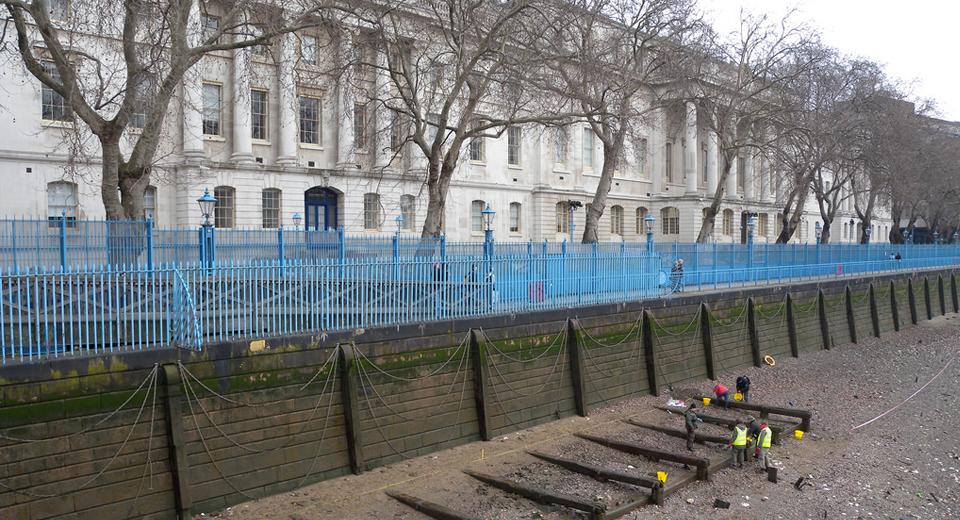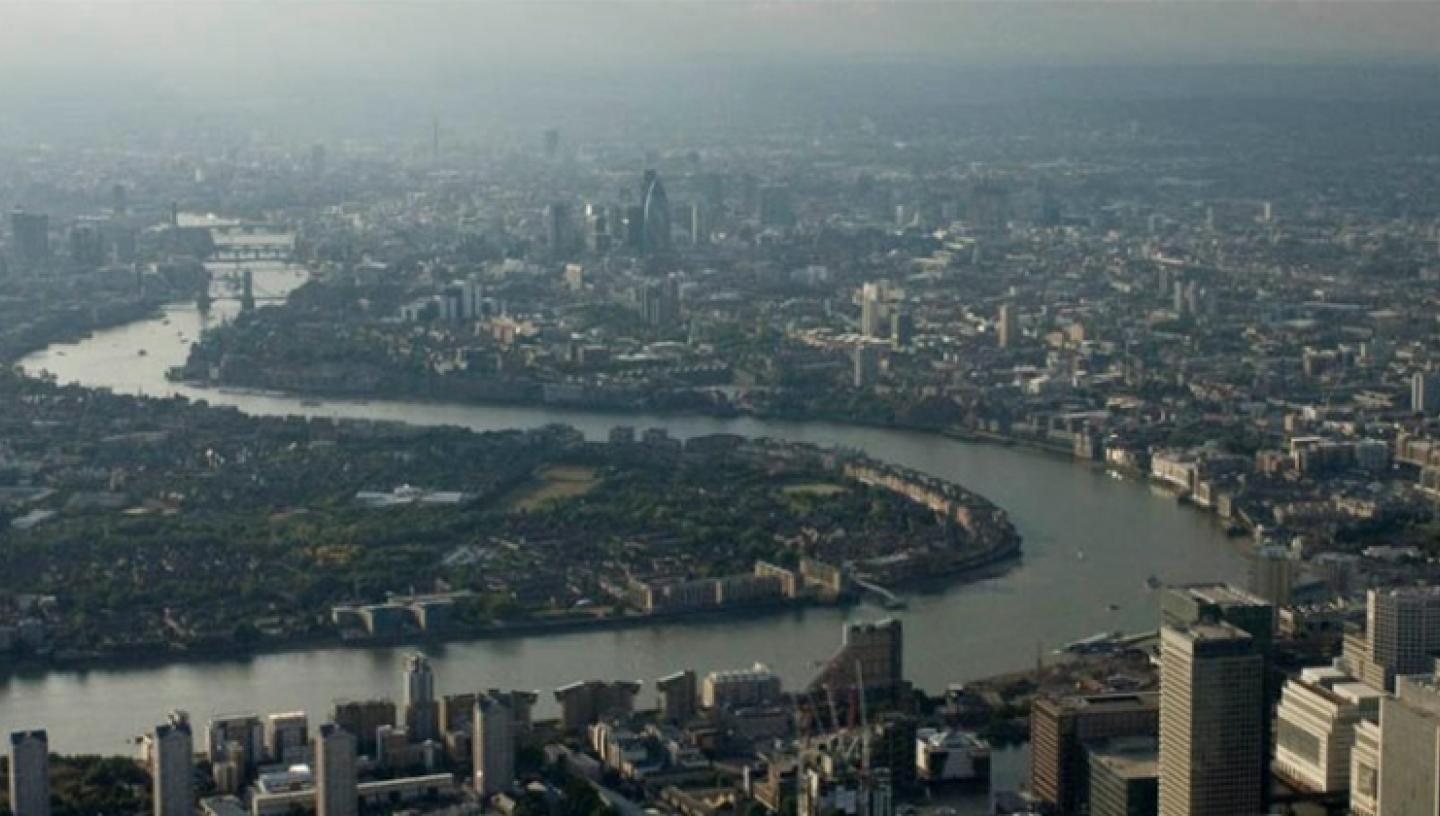
06 Jul 2016
Eliott Wragg, Project Officer for the Thames Discovery Programme, explores the longest archaeological site in London - the Thames foreshore.
When the tide goes out, the Thames foreshore is the longest archaeological site in London. Many of the exposed archaeological sites go unrecognised and almost all are vulnerable to the twice–daily scouring of the tidal river, and thus require close monitoring. The Thames Discovery Programme (TDP) communicates the archaeology of the River Thames foreshore within Greater London to the widest possible audience, through our volunteer training and outreach programmes.
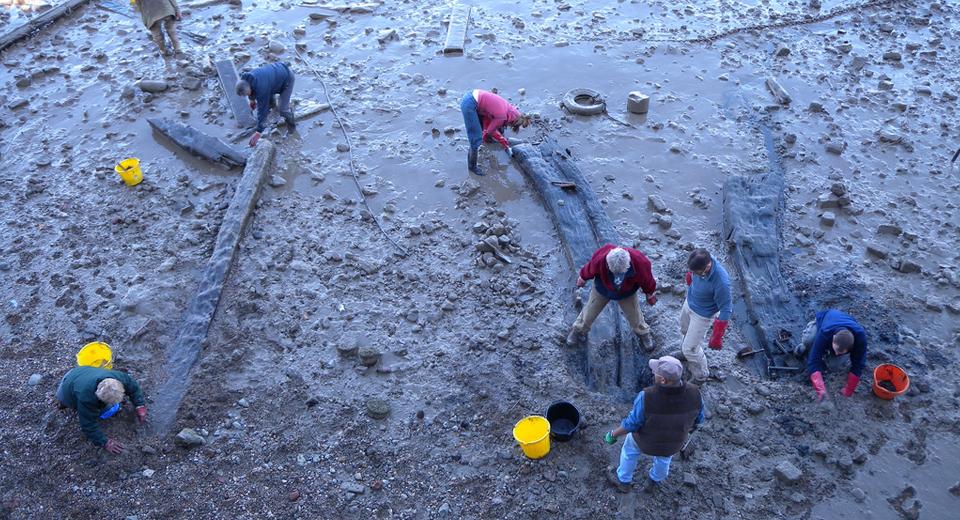
The TDP equips Londoners to monitor eroding archaeological features before they get washed away by the river. Working against the tide, our volunteers first clean the features using river water and then make detailed plans, written records and a photographic record. To date the project has recorded over 1,000 archaeological features in what is a hugely dynamic and fast-changing intertidal zone.
Discoveries include: prehistoric archaeological remains at sites from Greenwich to Putney; Anglo-Saxon fish traps, the remains of Medieval, Tudor and Stuart jetties , re-used warship timbers, river defences, stairs, causeways, slipways, wharves, crane bases, bargebeds, drains and vessels, from throughout Greater London.
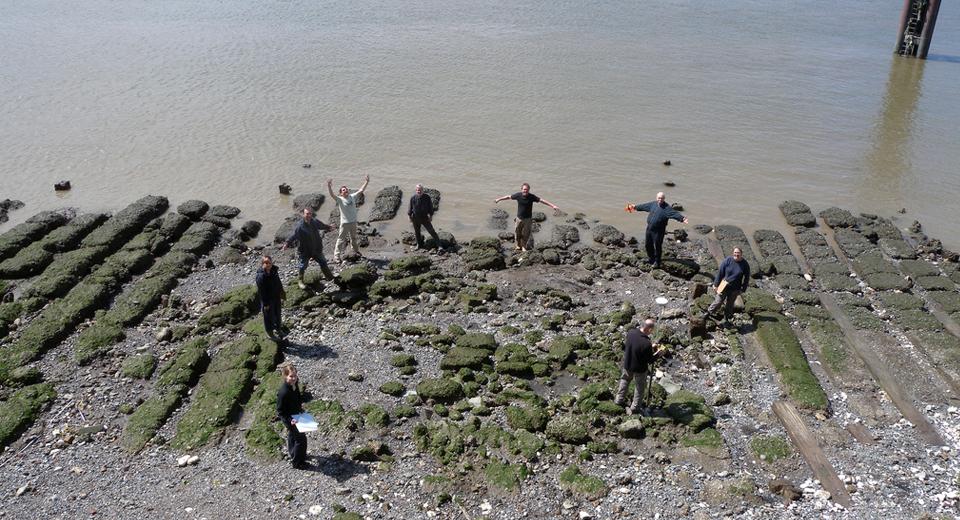
The foreshore is also full of interesting artefacts, ranging from clay pipes and pottery fragments dating as far back as the Roman and prehistoric periods to flint tools, animal (and occasionally human!) bone, trading tokens and coins.
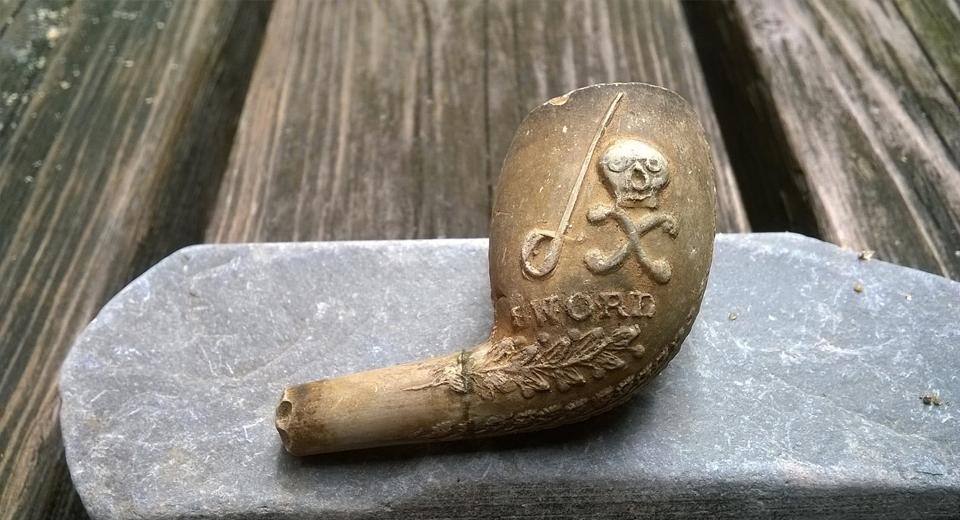
If you would like to see more of these amazing discoveries before then come along to one of our guided foreshore walks from the 7-9 July, followed by a talk at the National Maritime Museum given by their curators.
